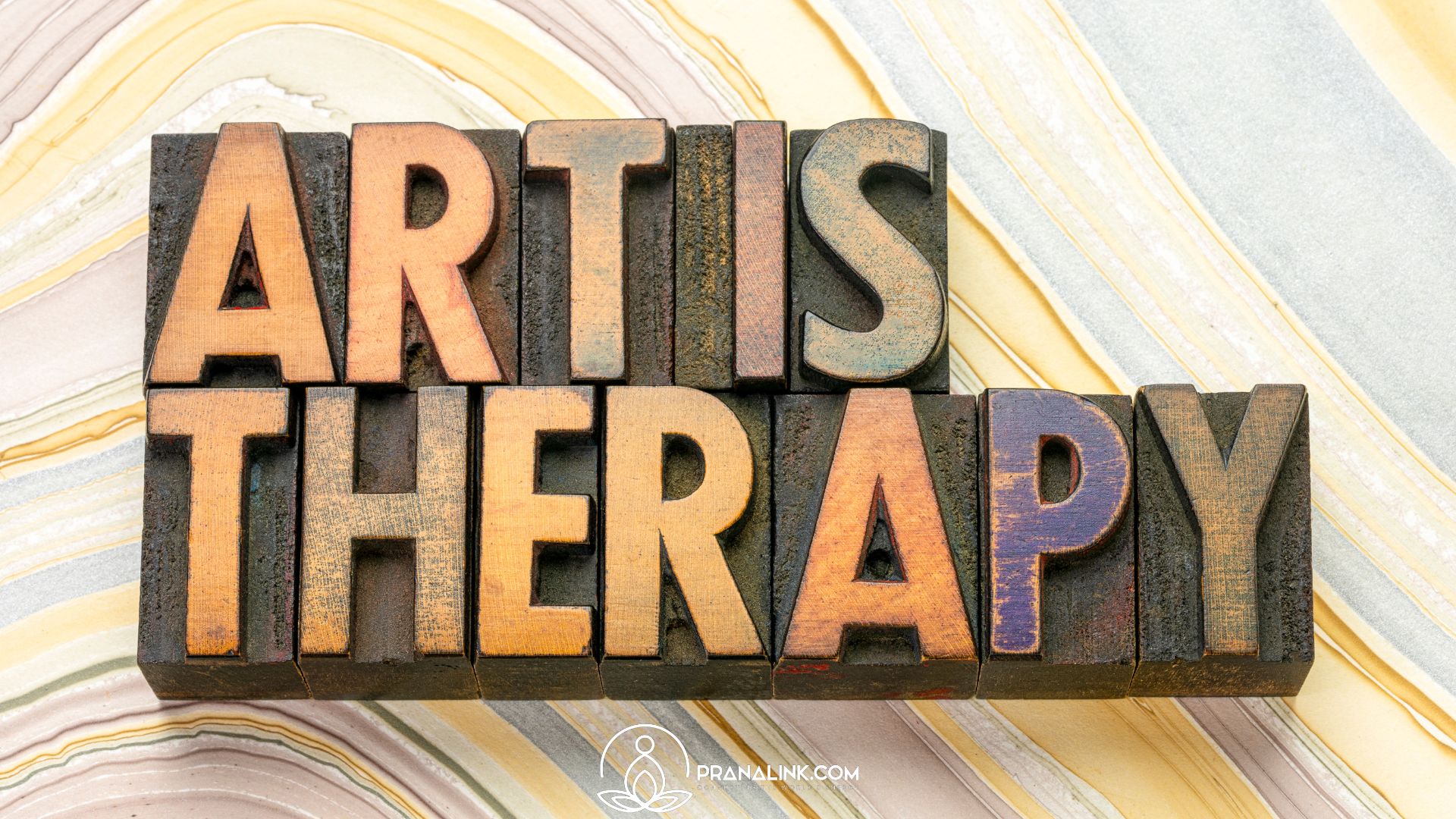No products in the cart.
Art Therapy for Mental Health: A Comprehensive Guide Leave a comment
In the realm of holistic well-being, one therapeutic approach has been gaining increasing recognition and popularity – Art Therapy. Art therapy for mental health is an approach that uses the creative process of making art to improve a person’s emotional, psychological, and social well-being. This unique form of self-expression transcends the boundaries of traditional talk therapy, offering individuals a creative and cathartic outlet to explore their inner worlds. At the intersection of art and psychology, art therapy has been making waves in the field of mental health.
What is Art Therapy?
Art therapy is a dynamic and evolving field that combines the power of creative expression with therapeutic principles. It is facilitated by trained and certified art therapists who guide individuals through the process of creating art as a means of self-discovery and healing. Unlike traditional talk therapy, where words are the primary mode of communication, art therapy invites individuals to communicate their thoughts, feelings, and experiences through various art forms such as painting, drawing, sculpting, and even digital media.
The Benefits of Art Therapy for mental health
1. Emotional Release and Stress Reduction
Art therapy provides a safe and non-judgmental space for individuals to release pent-up emotions. Creating art can be a cathartic experience, allowing one to express feelings that may be difficult to articulate verbally. This emotional release can significantly reduce stress and promote relaxation.
2. Self-Exploration and Self-Awareness
Through the act of creating art, individuals gain insights into their inner selves. It can unearth buried emotions, memories, and thoughts, leading to a deeper understanding of one’s psyche. This self-awareness is a pivotal step towards personal growth and healing.
3. Enhanced Communication
For those who struggle with verbal communication, art therapy offers an alternative avenue to convey thoughts and emotions. This can be especially beneficial for children, individuals with autism, or those facing communication challenges.
4. Boosted Self-Esteem
Accomplishing creative tasks and witnessing the tangible results of one’s efforts can significantly boost self-esteem and confidence. Art therapy fosters a sense of accomplishment and pride in one’s creations.
5. Healing Trauma
Art therapy has shown remarkable efficacy in helping individuals process and heal from trauma. It provides a safe space to explore traumatic experiences and work towards resolution.
Techniques and Approaches in Art Therapy for mental health
1. Gestalt Therapy
This approach encourages individuals to focus on the present moment and their immediate emotions. It often involves dialogue with the artwork, allowing the individual to gain insights from their creation.
2. Narrative Art Therapy
Using storytelling and visual art, narrative art therapy helps individuals construct and reframe their personal narratives. This can be particularly effective in cases of self-identity exploration and healing from past experiences.
3. Mindfulness-Based Art Therapy
Combining mindfulness techniques with art creation, this approach promotes self-awareness and emotional regulation. It encourages individuals to stay present while creating, fostering a sense of inner peace.
4. Expressive Arts Therapy
This inclusive approach incorporates various art forms, including music, dance, and drama, to facilitate self-expression and healing. It recognizes that creativity takes many forms.
How to Begin with Art Therapy for mental health
Embarking on an art therapy journey is accessible to anyone, regardless of artistic skill or experience. Here are some steps to get started:
- Find a Certified Art Therapist: Seek out a licensed and certified art therapist who can guide you through the process.
- Gather Art Supplies: Collect materials such as paints, brushes, paper, and other art supplies that resonate with you.
- Create a Comfortable Space: Set up a dedicated space where you can create art without distractions.
- Let Go of Expectations: Remember that art therapy is about the process, not the end result. Release any expectations of creating a masterpiece.
- Explore and Experiment: Start creating and allow your intuition to guide you. There are no rules in art therapy; it’s all about personal expression.
- Reflect and Share: After your session, take time to reflect on your artwork. You can choose to share your insights and emotions with your art therapist if you feel comfortable.
Art Therapy for mental health: A Journey to Self-Discovery
In conclusion, art therapy is a powerful and transformative tool for personal growth and healing. Its benefits extend beyond traditional talk therapy, offering individuals a unique pathway to self-discovery and emotional well-being. Whether you’re seeking stress relief, healing from trauma, or simply a means to express yourself, art therapy can be a profound and enriching experience.
Click here to read about How Emotional Freedom Technique [EFT] Helps With Burnout in 2023




